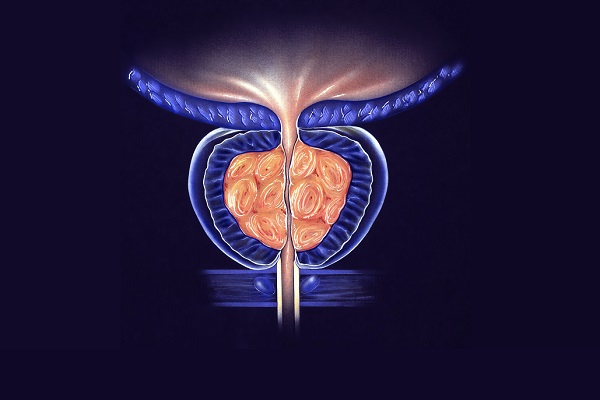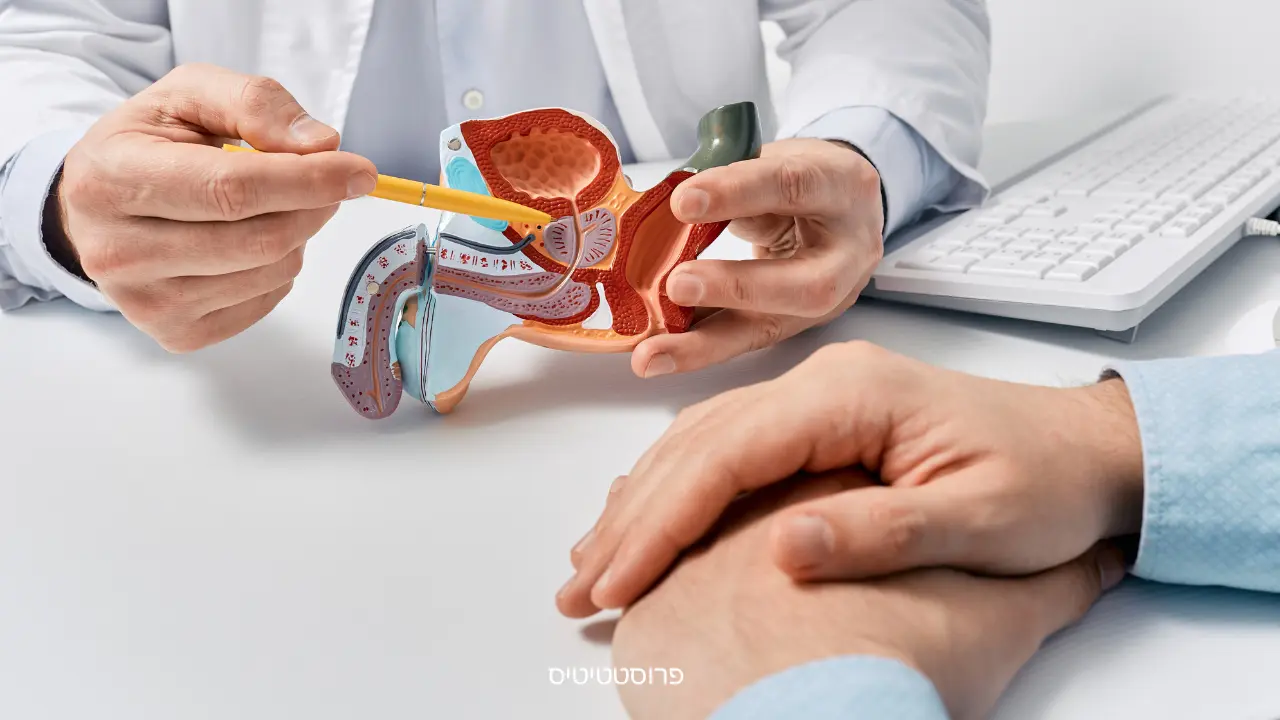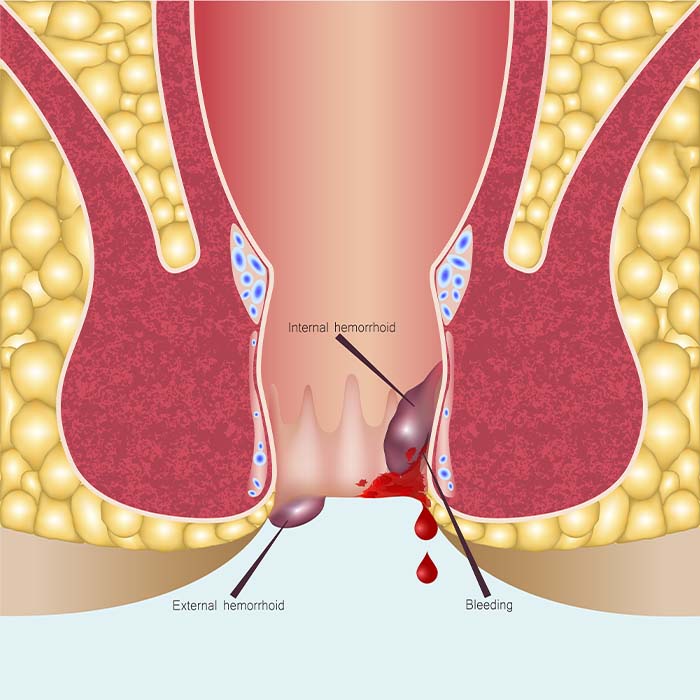Enlarged prostate, or benign prostatic hyperplasia (BPH), is a prevalent condition affecting millions of men worldwide. As medical technology continues to evolve, there have been remarkable advancements in surgical treatments for BPH. This comprehensive guide explores the latest and most effective procedures for enlarged prostate, highlighting their benefits, risks, and patient outcomes.
written by Zalman Itzhakov MD.

Here is a table that compares different procedures:
| TURP | HOLEP | Thulium Laser Vaporization Cyber TM | Aquablation | REZUM | PAE | Procedure |
| 30-80 cc | >30 cc | >30 cc | 30-150 cc | 30-80 cc | >35 cc | Prostate Volume |
| 3-9% | 0.5% – 3% | 1-3% | 3-5% | 6-7% | 3% | Infection Risk |
| 3-5% | 1% | 1% | 5% | 0% | 0% | Significant Bleeding |
| 75% | 75% | 1-5% | 10-15% | 4-6% | 0% | Retrograde Ejaculation |
| 2-4% | 1-2% | 1-5% | 1% | 0% | 0% | Permanent Urinary Leakage |
| 6-10% | 10% | 1% | 1% | 0% | 0% | Bladder Neck Injury |
| 2-4 days | 1 day | 1-2 days | 1-2 days | 3-7 days | No catheter | Urinary Catheter |
| Spinal/ Epidural | General | General/ Spinal/ Epidural | General | Local + General | Local and sedation | Type of Anesthesia |
| 2-3 days | 1 day | 1-2 days | 2-3 days | 2 hours | 12-18 hours | Hospital Stay |
| 4-6 weeks | 2-4 weeks | 2-4 weeks | 1-4 weeks | 1-3 weeks | 1-2 weeks | Recovery Time |
| Need to stop | Need to stop | Need to stop | Need to stop | Aspirin allowed | Aspirin/ clopidrogel allowed | Stop Anticoagulants |
| After catheter removal | After catheter removal | After catheter removal | 2-4 weeks | 6-8 weeks | 1-2 weeks | Time to See improvement |
| 45-60 | 60-120 | 30-60 | 60 | 30 | 40-60 | procedure time (min) |
Prostate Artery Embolization (PAE)
Prostate Artery Embolization (PAE) is a minimally invasive, non-surgical procedure that offers an alternative to traditional BPH treatments. During PAE, tiny particles are injected into the arteries supplying the prostate, reducing blood flow and causing the prostate to shrink. This results in improved urinary symptoms and quality of life for patients.
Rezūm Water Vapor Therapy
Rezūm is a water vapor therapy that utilizes targeted steam injections to reduce excess prostate tissue. This minimally invasive procedure has gained popularity due to its ability to provide lasting symptom relief without general anesthesia, minimal downtime, and preservation of sexual function.
Aquablation
Aquablation is a procedure that combines robotics and high-velocity water jets to remove excess prostate tissue precisely. This innovative approach offers a highly customizable and controlled treatment, minimizing damage to surrounding tissues and nerves while improving urinary flow.
Thulium Laser Vaporization
Thulium Laser Vaporization is a minimally invasive surgical technique that employs a Thulium laser to vaporize obstructive prostate tissue. This procedure is associated with low bleeding rates, reduced catheterization time, and shorter hospital stays, making it an attractive option for men seeking faster recovery and symptom relief.
Holmium Laser Enucleation of the Prostate (HoLEP)
Holmium Laser Enucleation of the Prostate (HoLEP) is a procedure that involves enucleation or removal of the entire prostate gland's obstructive tissue using a Holmium laser. HoLEP offers excellent long-term outcomes and is considered a gold standard for BPH treatment.
Transurethral Resection of the Prostate (TURP)
Transurethral Resection of the Prostate (TURP) is a well-established surgical procedure for BPH, which involves removing prostate tissue using an electric loop through the urethra. Despite newer techniques, TURP remains a reliable treatment option for moderate to severe BPH cases.
Comparing the Procedures
Effectiveness: PAE, Rezūm, Aquablation, Thulium Laser Vaporization, HoLEP, and TURP have demonstrated significant efficacy in relieving urinary symptoms caused by BPH. The choice of procedure depends on factors such as prostate size, patient preference, and surgeon expertise.
Minimally Invasive Approach: PAE, Rezūm, Aquablation, and Thulium Laser Vaporization are minimally invasive procedures, offering reduced bleeding, shorter hospital stays, and faster recovery than TURP.
Preservation of Sexual Function: PAE, Rezūm, and Thulium Laser Vaporization are known for preserving sexual function, making them attractive options for men concerned about potential post-operative sexual side effects.
Catheterization Time: PAE usually does not need a catheter, while Rezūm and Thulium Laser Vaporization generally require shorter catheterization time than HoLEP and TURP.
Long-term Outcomes: HoLEP and TURP have shown excellent long-term outcomes and are considered durable treatment options.
Conclusion
BPH treatment has witnessed significant advancements, offering men a range of practical and minimally invasive surgical options. PAE, Rezūm, Aquablation, Thulium Laser Vaporization, HoLEP, and TURP each have unique advantages, and the choice of procedure should be tailored to each patient's specific needs and preferences. Consulting with a qualified urologist is crucial to determine the most suitable treatment plan for optimal symptom relief and improved quality of life. With these cutting-edge surgical treatments, men can regain control over their urinary health and enjoy a more active and fulfilling lifestyle.






